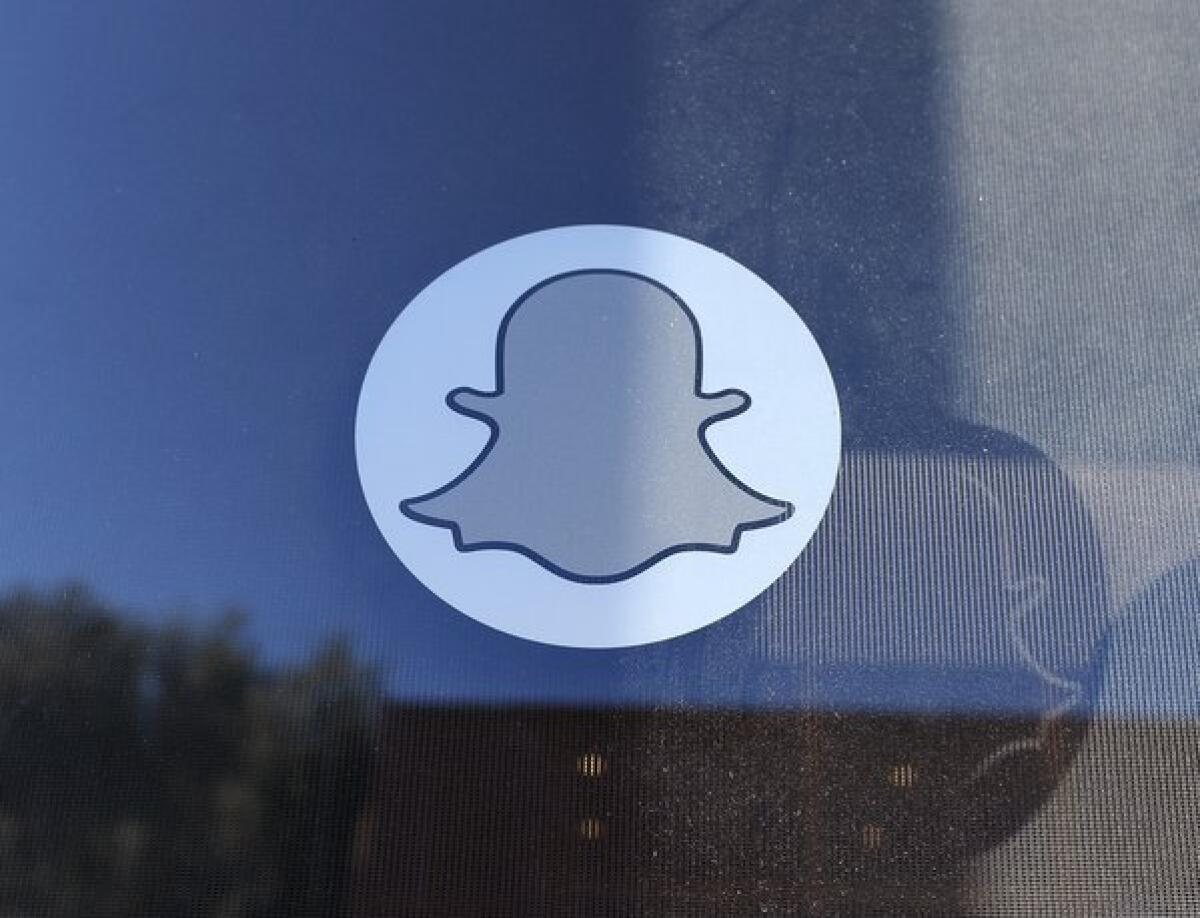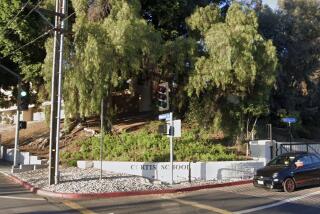Editorial: Schools shouldn’t police students’ social media posts

In pre-internet America, there was a clear division of labor between schools and parents when it came to policing children’s conduct: If a student misbehaved at school, teachers and administrators could take action. Unruly or insolent behavior at home was the parents’ responsibility.
But now that children and teenagers can communicate with one another — and the wider world — online, some schools have disciplined students for what they say in cyberspace. In what could become a major 1st Amendment case, a school district in Pennsylvania is asking the Supreme Court to review a lower court decision that put limits on what schools can do in such situations.
On Friday the court announced that it will hear the case. When it rules, it must be careful not to obliterate the distinction between in-school and out-of-school speech — except in the rarest of circumstances.
This case originated in a teenager’s disappointment. In 2017, a student at Mahanoy Area High School was frustrated when she failed to make the varsity cheerleading team.
In an earlier era, the student, referred to in court filings as B.L., probably would have vented to her friends in person or on the telephone. Instead, while spending time with a friend at a local store, she took a photo of herself and her friend raising their middle fingers and posted it on Snapchat for some 250 friends to see briefly. (The app is designed to delete messages once they’re seen.) An accompanying caption used a vulgarity to denounce the school, the cheerleading squad and “everything.”
After a screenshot of her “snap” was shown to her cheerleading coaches, they suspended her from the junior varsity team saying that she had violated rules requiring cheerleaders to respect their school, coaches and other cheerleaders and to avoid foul language.
B.L. sued the Mahanoy Area School District, claiming that it had violated her rights to free speech. The U.S. 3rd Circuit Court of Appeals ruled in her favor. Writing for two members of a three-judge panel, Judge Cheryl Ann Krause agreed with a lower court that the school district violated B.L.’s rights when it punished her for her vulgar rant.
The notion that students in public schools have free speech rights isn’t new. In a landmark 1969 decision, the Supreme Court declared that students in public schools don’t leave their free speech rights at the “schoolhouse gate.”
That ruling involved students who wore black armbands to school to protest the Vietnam War — obviously a matter of greater public concern than the composition of a cheerleading squad. But the Supreme Court has held that students’ free speech rights extend to all aspects of “the process of attending school.”
The appeals court’s more provocative conclusion was that B.L. couldn’t be punished for her snap because it was “off-campus speech — that is, speech that is outside school-owned, -operated, or -supervised channels and that is not reasonably interpreted as bearing the school’s imprimatur.”
The school district warned the Supreme Court that the appeals court’s ruling would threaten “unnecessary chaos” and argued that “social media has made it far easier for students’ off-campus messages to instantly reach a wide audience of classmates and dominate the on campus environment.” (It added that limits on schools’ authority to punish online speech would be especially challenging during the COVID-19 pandemic, when schools have shifted to online instruction. But that is a temporary situation.)
We worry that the court might use this case to further scale back the protections for student free speech it established in 1969. However it rules, it should respect the distinction between the school environment and what students say and do on their own time.
We admit that there might be exceptions. In holding that schools may not punish students for off-campus speech, Krause noted that this case didn’t involve “off-campus student speech threatening violence or harassing particular students or teachers.”
Schools ought to be able to react to such extreme situations, and to deal firmly with online speech that poses a danger of what the Supreme Court in its 1969 ruling called “substantial disruption of or material interference with school activities.” (A third judge on the 3rd Circuit panel suggested that B.L. should prevail because her snap didn’t pose a risk of such disruption.)
As a general rule, however, teachers, coaches and administrators shouldn’t be overseers of their students’ online lives. They have more important responsibilities than scrutinizing Snapchats.
More to Read
Updates
5:01 p.m. Jan. 8, 2021: This editorial has been updated to reflect the Supreme Court’s announcement that it will hear the case.
A cure for the common opinion
Get thought-provoking perspectives with our weekly newsletter.
You may occasionally receive promotional content from the Los Angeles Times.









